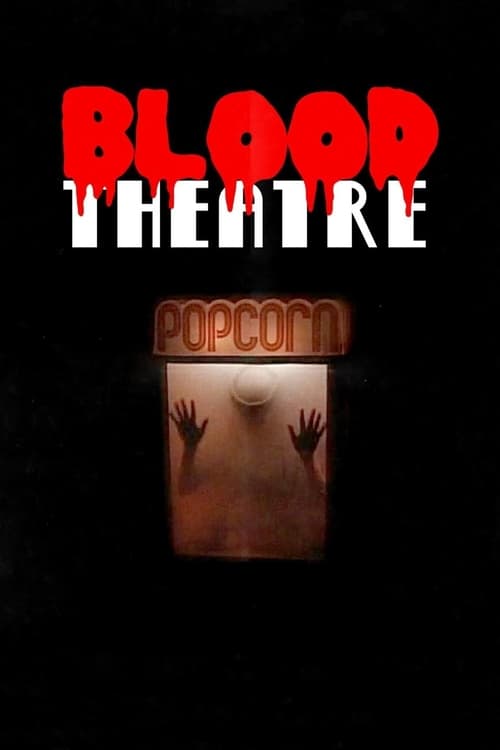There’s an approach to film criticism called “auteur theory” that assumes the director is the principle “author” of a movie. Everyone else’s contribution is bent to the director’s vision and that vision alone. Much of the way we talk about movies has an auteur-theory bias. It’s so ingrained into how many of us think about movies we never even think about how we’re working from a 1960’s era critical framework. But if, for example, you argued for the release of the “Snyder Cut” of Justice League because the studio diluted Snyder’s original vision, you’re operating from a place of auteur theory.
A contradictory viewpoint of movies is that many people combine their talents and creativity to create a collaborative piece of art. Fistful of Dollars is not just Sergio Leone’s directing, it is Clint Eastwood’s performance, Ennio Morricone’s score, Massimo Dallamano’s cinematography, and so forth.

Busy night.
I bring this up here because Rick Sloane wrote, directed, scored, edited, shot, and did the special effects for the 1984 indie Blood Theatre, his first full-length film. If a movie could be one person’s vision, Blood Theatre is that movie. The result is… well. Let’s say Sloane could have benefitted from some other perspectives, because it’s all inept.
One of the nice things about a movie like this, though, is you can use it as a good example of what bad editing looks like, for example. Editing is taking all “bits” of the movie and not just stringing them together into a coherent story, but in a way that is visually interesting and not distracting. It requires a well-developed sense of rhythm and split-second timing. Sloane does not have this. Many of the scenes start with a moment where the actor is gathering him or herself before delivering a line.

Yes, Darcy, I can’t believe my eyes either.
Cinematography, or the lack thereof, is (I assume) why so many characters are shot in profile close to a flat background. Cinematographers can add visual interest to scenes, give you a lot to look at through the use of deep focus, giving you a sense of reality and depth. Without cinematography, you have… well, you have Blood Theatre.
The star power is provided by former Andy Warhol’s Factory dancer Mary Woronov, fresh off of Eating Raoul. How Woronov got involved in this one, I don’t know, but apparently Sloane recruited her because of her performance in the ultra-low-budget Hollywood Boulevard directed by Joe Dante. (In 1984 Joe Dante was releasing Gremlins). Woronov plays Miss Blackwell, the theater manager’s marginally more capable assistant.

Audiences, find yourself a director who looks at you the way Rob Roy Fletcher looks at Mary Woronov.
Joanna Morales gives an impressively unhinged performance as Selena, a blond mean-girl with a sneer so large you can see the bits of scenery stuck between her teeth. In one scene, she flashes her co-worker’s boyfriend Adrian in the middle of a crowded theatre, creating a huge scene. “How about sitting down,” says an irate onlooker. Selena rounds on her: “How about shutting up,” she yells, and dumps popcorn on her. The extra barely keeps a straight face. As the scene cuts to an empty hallway, you can still hear her haranguing the customers. “Here, eat some of this … backwards!”
Aside from Woronov, Emmy-award-winning producer David Millbern has a brief scene at the beginning as the “Young Original Owner.” Rick Sloane’s third movie, Hobgoblins, is a classic Mystery Science Theater 3000 episode. His most successful movies were the six Vice Academy erotic comedy movies which aired on the USA Network in the 1990s.
Of Joanna Morales, I can find nothing else. But that performance would have been hard to top.

It’s possible Selena’s face just froze that way.

